Internet Your Way to a New Job (3rd Edition) (eBook pdf)
How to Really Find a Job Online
by Alison Doyle
Showing 276–300 of 381 results

How to Really Find a Job Online
by Alison Doyle

How to Really Find a Job Online
by Alison Doyle
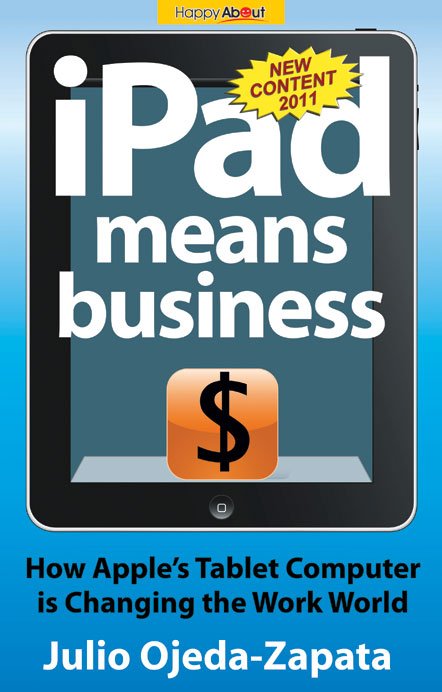


Managing Your IT Infrastructure In The Age Of Complexity

Managing Your IT Infrastructure In The Age Of Complexity

Entrepreneurs and business owners of companies of all sizes must understand how to properly network to grow their organizations. Networking isn’t like reading a financial statement, where the return on investment (ROI) is the overriding concern in the transaction. Networking involves what Jeff Shavitz likes to refer to as a “return on time” (ROT). Networking uses “time” to cultivate genuine and authentic relationships that eventually nurture into powerful business partnerships – it doesn’t just happen overnight.

Entrepreneurs and business owners of companies of all sizes must understand how to properly network to grow their organizations. Networking isn’t like reading a financial statement, where the return on investment (ROI) is the overriding concern in the transaction. Networking involves what Jeff Shavitz likes to refer to as a “return on time” (ROT). Networking uses “time” to cultivate genuine and authentic relationships that eventually nurture into powerful business partnerships – it doesn’t just happen overnight.

Are you ready to profit NOW from the small business boom? As an entrepreneur and independent businessperson, you have the coveted position of being the one in charge of . . . everything. To help you succeed in business, Jeff shares his perspectives and truisms on what helped him start and manage a successful business.

Jeff Shavitz on The Power of Residual Income: You Can Bank on It! details the vast differences between residual/recurring income and transactional revenue. Having experienced both business models, Jeff uses real-life examples from his payment-processing career (a residual-based business) in contrast to his promotional products business (a transactional-based business). This book will highlight how to “work smarter” and develop wealth as you navigate through your professional career.

Jeff Shavitz on The Power of Residual Income: You Can Bank on It! details the vast differences between residual/recurring income and transactional revenue. Having experienced both business models, Jeff uses real-life examples from his payment-processing career (a residual-based business) in contrast to his promotional products business (a transactional-based business). This book will highlight how to “work smarter” and develop wealth as you navigate through your professional career.

In any type of business, there is one common goal: to steer the business toward success and aim for even greater heights. If your company already does this, you are on the right track. Enclosed in this AHAbook are valuable tips to consider in terms of leadership and management styles, strategic plans, and attitudes toward running a business lucratively. Furthermore, it enlightens and empowers business leaders to make real and quick changes by opening one’s self to new ideas while retaining the company’s traditional beliefs to overcome economic pressures and eventually stabilize, grow, and achieve business success.
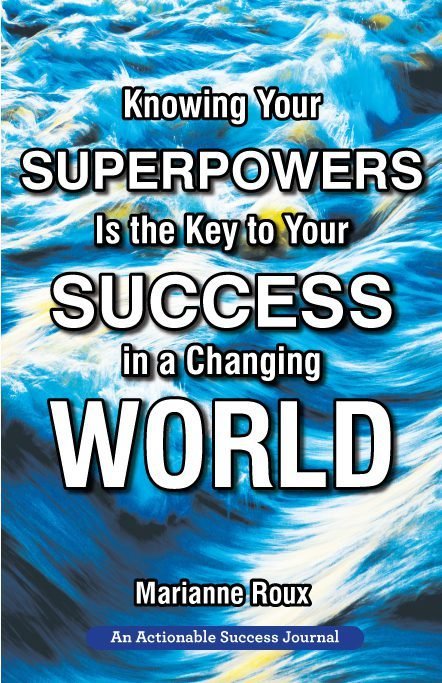
People in the new world of work often find themselves lost in a world that changes fast and requires constant learning and change. But you do not need to be a victim of this change. Instead you can develop key mindsets and behaviours (let’s call them human superpowers) that can help you thrive instead of survive the challenges.
In this book, Marianne Roux uncovers the human skills needed by every individual, team, and organisation to thrive in the new world of work. She researched the psychological and behavioural methods and tools used in mindset, behavioural and brain theory and practice over the last 25 years and narrowed them down to six essentials.

All women will be able to relate to this book, regardless of age. Mothers, grandmothers sisters, will all want to share this book with those that are following in their footsteps. We want some women to respond, “Gosh, why didn’t I think of that?” We want other women to think, “I feel so much better now that I…

Customer centricity is a key component to organizational success these days. Customers will gravitate to orgs that don’t waste their time and that quickly cater to their needs. You need to deliver your products/services in a customer-friendly and efficient way. Be sure to focus on the customer, as it will drive more sales and profit. If you don’t make this change in delivering customer delight, your competition will.

The Truth About Getting from Classroom to Cubicle

The Truth About Getting from Classroom to Cubicle

140 Insights and Tips to Get Unstuck, Get Going, and Get What You Want.
Performing and sustaining high levels of achievement while accomplishing all we want, can be challenging and frustrating endeavors. Coupled with complexities of today’s lifestyles, a fast-paced world, and our many roles, it’s easy to feel overwhelmed, blocked, or stuck.

140 Insights and Tips to Get Unstuck, Get Going, and Get What You Want.
Performing and sustaining high levels of achievement while accomplishing all we want, can be challenging and frustrating endeavors. Coupled with complexities of today’s lifestyles, a fast-paced world, and our many roles, it’s easy to feel overwhelmed, blocked, or stuck.
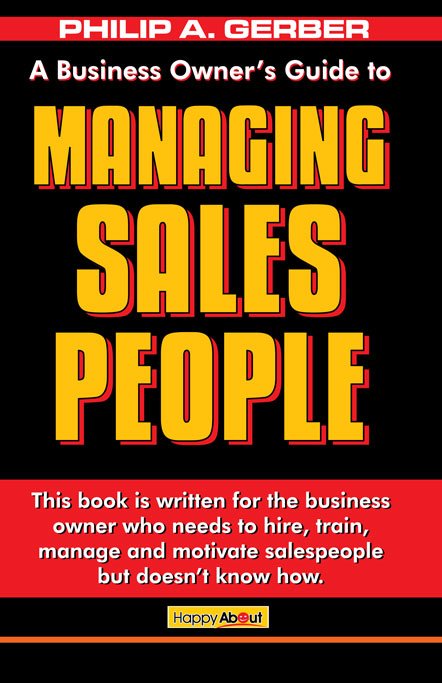


Tools, Tactics, and Strategies that Drive Results
by Alex Littlewood
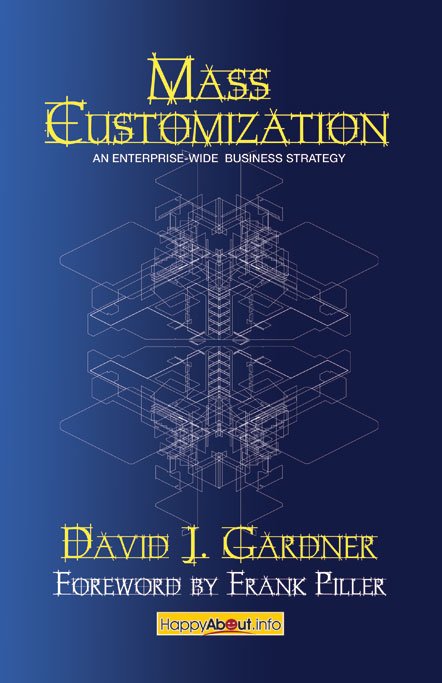
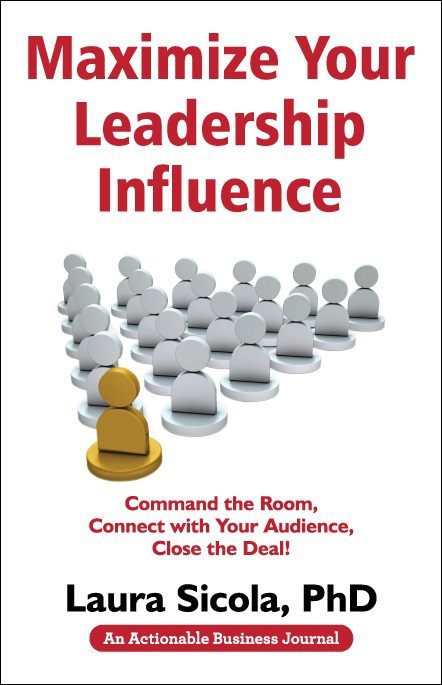
Let’s face it: Leadership is more than a role, it’s an image, and the way that you communicate — to anyone and everyone — will either reinforce your leadership image in their mind, or sabotage it. You’ve heard the expression, “It’s not what you say, it’s how you say it.” The truth is: if you want to be a master of influence, it’s both.
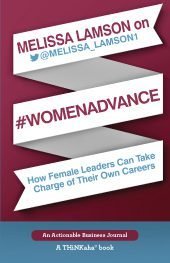
Women hold 85% of the buying power globally, make up over 50% of the workforce, and there are three times as many female-owned start-ups as male-owned. Yet, there are still barriers to women who want to rise to the top of today’s most successful corporations. Some of these are external, but many are in control of women themselves. We need to accept that there are differences between the genders and that we can leverage those differences for the benefit of the business at hand. Women are good at building relationships and leading with compassion; men are more focused in their communication style and can let criticism roll off them. These aren’t just stereotypes, but qualities that companies can profit from to create innovation and meet the demands of today’s diverse marketplace.
No products in the cart.